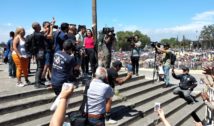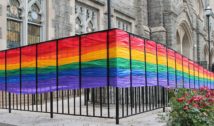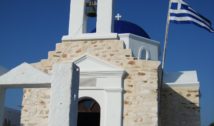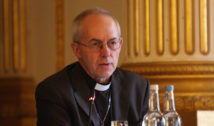
Majority of Americans Are Ready For a Muslim President, Including Catholics
- By Alison Lesley --
- 18 Jul 2015 --

The highest acceptance rate is among adults who profess no religion, but the majority of Catholics polled are also on board.
On average 60 percent of Americans would be willing to vote for a president who was a “generally well-qualified person who happened to be Muslim,” according to a new Gallup poll.
The acceptance for a Muslim presidential candidate is highest among adults who profess no religion (82 percent). 69 percent of Catholics and only 44 percent of Protestants would be willing to vote for a Muslim presidential candidate.
This is extremely interesting: discussing if America is ready for a woman, Mormon, atheist, LGBT, Muslim or Hispanic president! #tbirdnation
— SUU Clubs (@SUUClubs) February 5, 2015
Saud Anwar, the mayor of South Windsor in Connecticut and the state’s first Muslim mayor, said of the poll that he is encouraged by an upward trajectory, if the 60 percent is to be used as a proxy of acceptance of Muslims, according to the Religion News Service. He thinks that “religious labels” are less critical at the local level, but may become more important for people in national elections.
Amaney Jamal, a professor of politics at Princeton University, said that “60 percent isn’t a bad a number on average.”
She underlined, however, how much worse Muslims are doing in the poll compared to other religious and racial groups, calling the outcome “troubling.” According to the poll, 93 percent of U.S. adults on average would be willing to vote for Catholic presidential candidate, 92 percent for a female or a black candidate, 91 percent for a Hispanic or Jewish candidate, and 81 percent for a Mormon candidate.
Young people are more willing to vote for a Muslim presidential candidate with 76 percent of 18 to 29 year-olds and 67 percent of 30 to 49 year-olds, according to the poll. Jamal thinks this is because young people have more direct daily interactions with Muslims at work or school.
The poll was conducted via telephone interviews with a random sample of 1,527 American adults, aged 18 and older, on June 2 – 7, 2015.



















